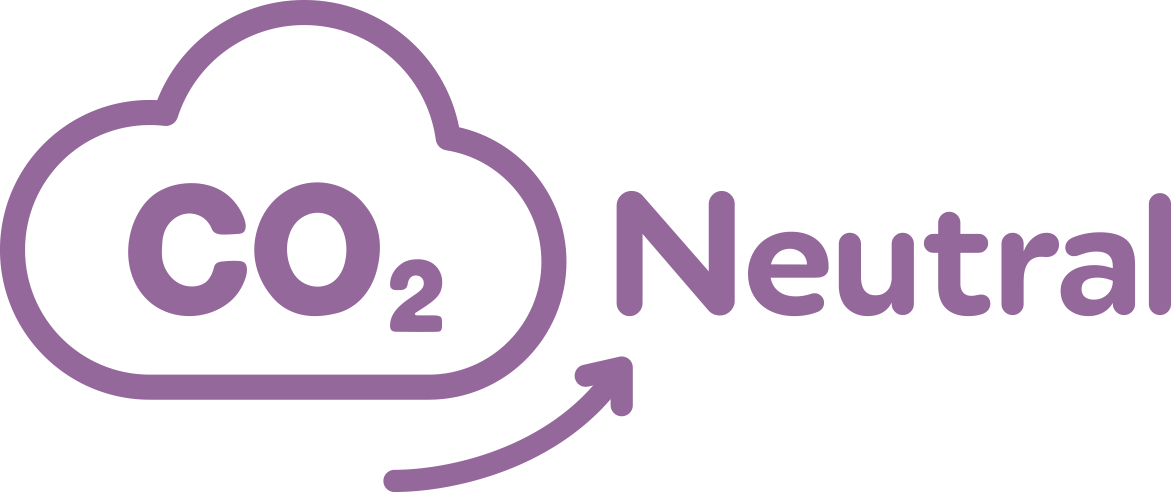What is Gold Standard CO2e offsetting?
What is it and why is widely used?
Introduction
In the face of accelerating climate change, businesses, governments, and individuals are under growing pressure to reduce their greenhouse gas (GHG) emissions. While direct emissions reductions remain the top priority, many organizations also turn to carbon offsetting as a way to address unavoidable emissions. Among the many certification bodies that exist in the voluntary carbon market, Gold Standard has emerged as one of the most respected and widely adopted. Established in 2003 by the World Wide Fund for Nature (WWF) and other international NGOs, the Gold Standard provides a framework to ensure that carbon offsetting projects deliver not only verified emission reductions but also tangible sustainable development benefits. This combination of rigor, transparency, and broader impact is what makes Gold Standard offsetting particularly influential.
This essay explores what Gold Standard offsetting is, how it works, and why it is so widely used across the globe.
What is Gold Standard Offsetting?
Gold Standard offsetting refers to the purchase of carbon credits issued under the Gold Standard for the Global Goals (GS4GG) framework. Each credit represents the reduction or removal of one tonne of carbon dioxide equivalent (tCO₂e) from the atmosphere.
Unlike some carbon standards that focus exclusively on measuring and verifying carbon impacts, Gold Standard takes a broader approach. It integrates climate action with the United Nations Sustainable Development Goals (SDGs). This means that certified projects must not only prove that they reduce or avoid emissions but also demonstrate positive contributions to social, economic, and environmental outcomes, such as improving health, protecting biodiversity, or creating jobs in local communities.
Projects that can be certified under Gold Standard include:
- Renewable energy projects (e.g., wind, solar, small-scale hydro)
- Energy efficiency initiatives (e.g., cleaner cookstoves, efficient lighting)
- Nature-based solutions (e.g., reforestation, improved land management)
- Waste management projects (e.g., methane capture from landfills)
Each project undergoes a rigorous process of design, monitoring, and verification, with independent third parties involved at every stage to ensure credibility.
The Origins and Development of Gold Standard
Gold Standard was founded in response to concerns that many early carbon offsetting schemes lacked integrity. At the time, some offset projects were criticized for overstating their climate impact, failing to deliver promised benefits, or even causing harm to local communities.
To address these concerns, WWF, along with more than 80 other NGOs, established Gold Standard in 2003. The idea was to create a benchmark for best practice in carbon offsetting — one that would prioritize environmental integrity and sustainable development.
In 2017, Gold Standard expanded its scope with the launch of the Gold Standard for the Global Goals (GS4GG). This updated framework aligns directly with the UN SDGs, enabling projects not just to mitigate climate change but also to measure and verify broader development impacts. Today, the Gold Standard is recognized worldwide as one of the most robust certifications in the voluntary carbon market.
Why Gold Standard is Widely Used
1. Credibility and Integrity
One of the primary reasons Gold Standard is widely adopted is its strong reputation for integrity. Every project must go through a rigorous approval process, including independent third-party validation and ongoing monitoring. This ensures that the claimed emission reductions are real, additional, permanent, and verifiable — the four core principles of high-quality offsets.
For organizations worried about accusations of “greenwashing,” Gold Standard offers reassurance that their offset purchases will withstand scrutiny from regulators, investors, and the public.
2. Alignment with Sustainable Development Goals
Unlike some carbon standards that narrowly focus on emissions, Gold Standard explicitly requires projects to deliver co-benefits aligned with the SDGs. For example, a clean cookstove project not only reduces CO₂ emissions but also improves indoor air quality, reduces deforestation, and saves households time and money.
This holistic approach resonates with companies that want their climate action to support wider sustainability objectives. It also appeals to investors and consumers who increasingly expect businesses to demonstrate social and environmental responsibility beyond just carbon neutrality.
3. NGO Backing and Civil Society Involvement
Gold Standard was created by WWF and other NGOs, and it continues to enjoy strong support from civil society. This sets it apart from some other standards that are more industry-led. The involvement of NGOs helps build trust and credibility, as these organizations are generally seen as independent watchdogs with a commitment to environmental and social justice.
4. Compatibility with Corporate Climate Strategies
Many companies adopt net-zero or carbon-neutral goals as part of their sustainability strategies. To achieve these, they need access to high-quality carbon credits. Gold Standard offsets provide a solution that is widely accepted by stakeholders, including investors, customers, and regulators.
Additionally, because Gold Standard projects often deliver measurable benefits to communities, they allow companies to tell more compelling stories about their climate action — something that can enhance brand reputation and stakeholder engagement.
5. Transparency and Traceability
Gold Standard maintains a public registry where all issued credits can be tracked. This prevents double-counting and provides clear evidence of ownership and retirement. Buyers can see exactly which project their credits come from and what impacts the project has achieved. Transparency of this kind is vital in a market that has often been criticized for lack of oversight.
6. Diverse Project Types and Global Reach
Gold Standard certifies a wide range of project types across multiple countries, particularly in developing regions. This diversity allows buyers to choose projects that align with their values, whether that’s promoting renewable energy, protecting forests, or supporting rural livelihoods. The global reach of Gold Standard also ensures that its projects contribute to climate mitigation in regions where financing is most needed.
Criticisms and Challenges
While Gold Standard is widely respected, it is not immune to criticism. Some critics argue that offsetting in general allows organizations to delay or avoid reducing their own emissions, using offsets as a form of “license to pollute.” Others suggest that the process of certifying and verifying projects can be slow and costly, which may limit scalability.
In addition, like all carbon standards, Gold Standard faces challenges in ensuring the long-term permanence of emission reductions, especially in nature-based projects vulnerable to climate impacts such as wildfires or disease. The organization continues to evolve its methodologies to address these concerns, but debates about the role of offsetting in the broader climate transition remain ongoing.
Conclusion
Gold Standard offsetting has become one of the most widely used mechanisms for organizations seeking to address their carbon footprints. By combining rigorous climate accounting with a strong emphasis on sustainable development, Gold Standard offers a model that goes beyond narrow carbon metrics to deliver genuine environmental and social value.
Its credibility, transparency, and alignment with the UN Sustainable Development Goals have made it a trusted choice for businesses, governments, and individuals alike. While challenges and criticisms remain — particularly regarding the role of offsets within broader decarbonization strategies — Gold Standard continues to set the benchmark for high-quality carbon credits.
In a world striving for net zero, Gold Standard provides not just a tool for offsetting emissions, but also a pathway to more holistic and impactful climate action.





